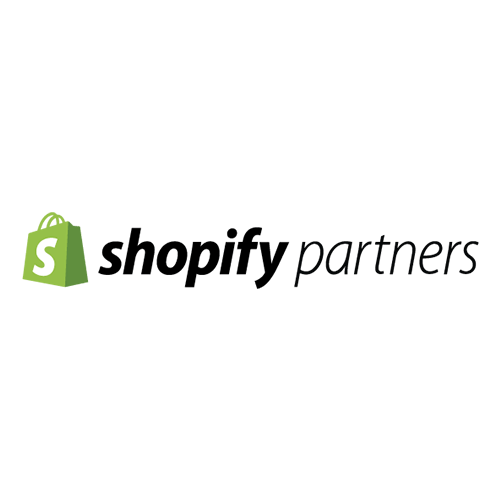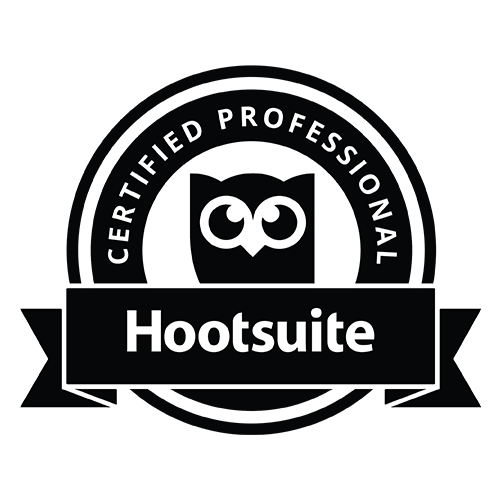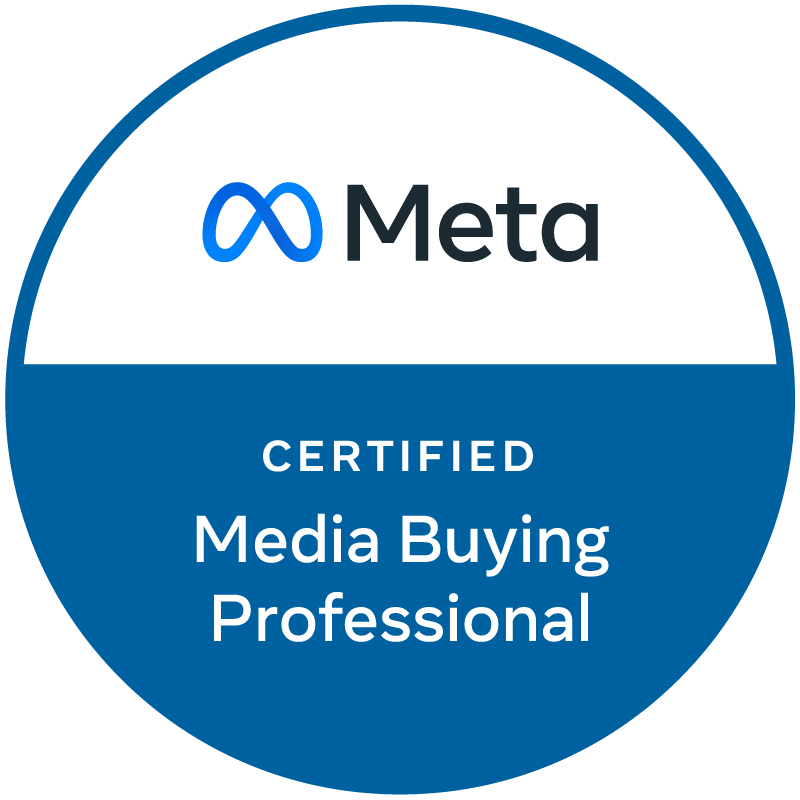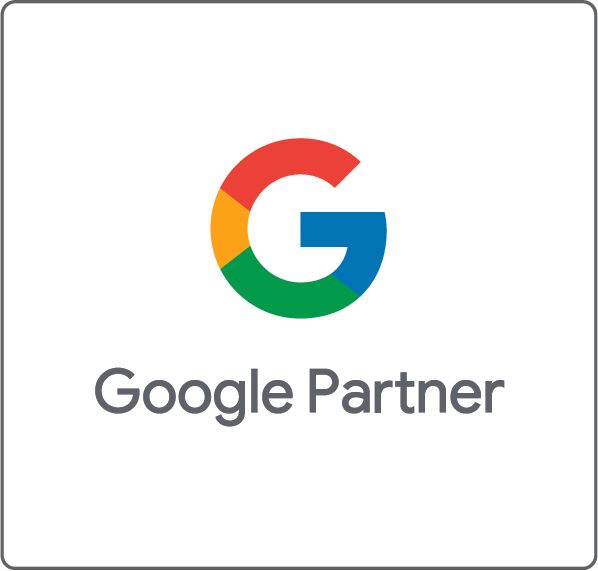The Math of Marketing by Anthony Tirelli
However, the ones that had the smallest reception may have had a small impact for two reasons.
1: The medium it was published through is not one frequented by your consumer base.
2: The advertisement was designed poorly.
Based on how poorly it did, consider redesigning it or doing away with it altogether.
The problem with “mention this ad” is how expensive it can be. Handing out discounts may affect the bottom line, and may be abused by customers seeking to take advantage of discounts. To better analyze an ad’s performance, we need to use mathematical equations to determine if there is solid basis to continue with an ad. One equation most of us know is return on advertisement investment, or ROAI. ROAI is much like ROI with the exception that it takes advertisement expense into account. The equation itself is as follows:
ROAI=[(Sales- Advertisement expense)/Advertisement expense]x100
Plugging everything in, we will get a percent increase or decrease of cash from advertisement related costs. The outcome of this will tell you if something is worth the cost, or if it’s a waste of money. If sales is greater than what the advertisement cost, then you will have made a profit on your investment. If sales are low, however, then you will have made a loss, and will have to question your initial investment.
You would divide the amount that they have spent by the amount of money it cost to acquire them. If a customer comes to your store, you want to keep them there, and may do that through many means. Like CAC, LTV:CAC will tell you how much you spent on getting a customer to shop with you, but in addition, how much it cost to keep them as a repeat customer.
Hopefully you have learned a thing or two about how math may be used to measure marketing performance, and will be more inclined to use it to determine the effectiveness of your various campaigns.
Never miss an update from “The Shoppe,” sign up for our email list today!
Subscribe
Sign up with your email address to receive news and updates.
Subscribe
We respect your privacy.
















